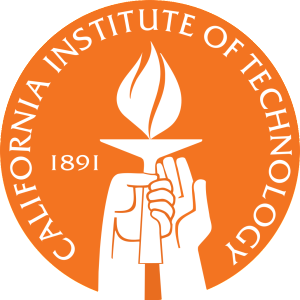Researchers at Caltech have discovered a new phase of matter. This is the phase that occurs immediately prior to the transformation of a material into a superconductor. Superconductors can conduct electricity with no resistance.
There are currently two phases observed in materials including charge-ordered phase and spin ordered phase. Electrons within charge-ordered phase materials are distributed in a particular and regular pattern which allows for the most efficient energy conduction.
In the majority of materials, electrons spin in random directions with no real order. However, in spin ordered phase materials, the spins are all parallel because the material is magnetic.
This newly discovered phase has been deemed the multi-polar ordered phase because there are two electrons paired with each other, each spinning in opposite directions.
The Caltech research team discovered this phase in an iridate compound strontium-iridium oxide. These materials, similar to cuprates, have superconductivity at “high” temperatures, which are really just over -279.4 degrees Fahrenheit). The typical superconductive temperature is absolute 0 (0 Kelvin), so these temperatures are relatively much higher.
In order to give cuprates their superconductive properties, they must become an ideal conductor through the addition or subtraction of electrons. The cuprates go through a “pseudogap” before becoming a superconductor, and strontium-iridium oxide showed this pseudogap when exposed to the same doping and temperature conditions, which means this material has an important link to superconductors.
This phase could very well be existent in many other materials, and this future direction is what the researchers are looking for.


